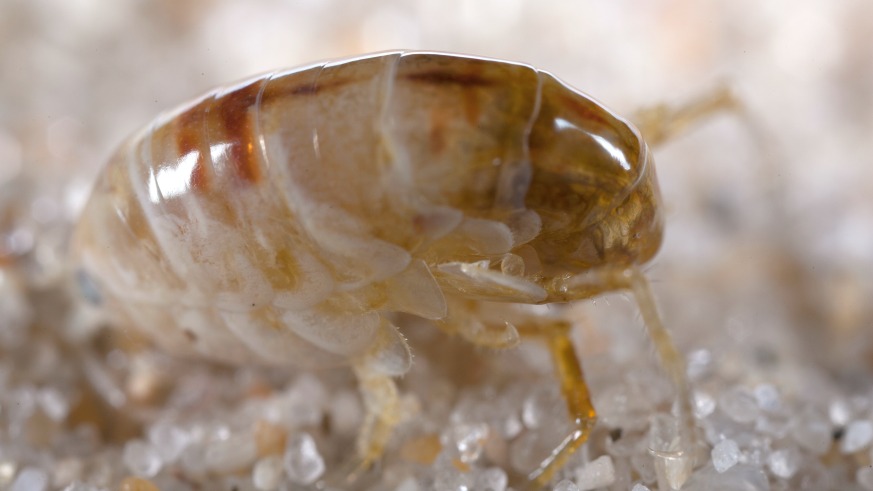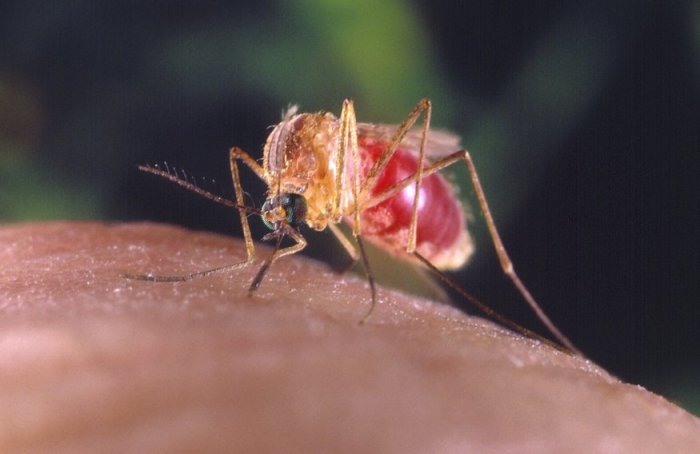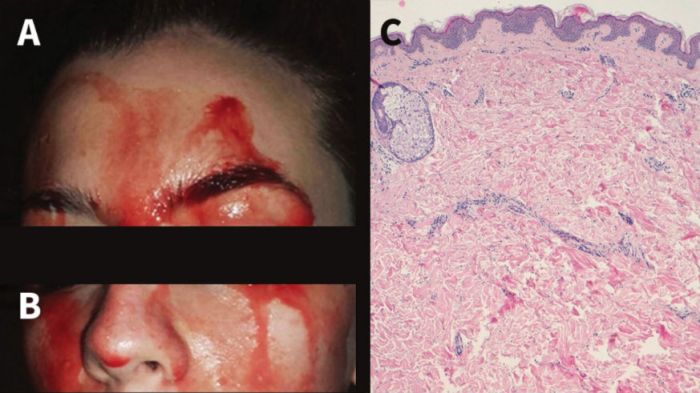Health officials in Navajo County, Arizona, confirmed that fleas found among rodents in the area tested positive for the plague, a disease that wiped out over 50 percent of the European population in the 1300s.
The news comes just weeks after plague-infected fleas were found on prairie dogs in another Arizona county — and two months after the New Mexico Department of Health confirmed two human cases of the plague.
What is the plague?
The plague — also known as the Black Plague — is caused by the bacterium Yersinia pestis and is typically transmitted via bites from rodent fleas. How the symptoms show up in humans depends on how they were exposed to it, according to the U.S. Centers For Disease Control.
Bubonic plague makes up 80 percent of plague cases and come from infected flea bites — the bacteria multiply in the lymph nodes closest to the the bite and results in the sudden onset of fever, chills, weakness and headache. Septicemic plague also comes from flea bites, but can also occur if bubonic plague is not treated. The septicemic plague symptoms are similar to those of bubonic plague, but more extreme — and can cause the skin and tissue (like toes and fingers) to turn black and die.
Pneumonic plague is the most dangerous of the three types and is the only one that can be spread from person to person. The rapid onset of pneumonia, with chest pain, cough and bloody mucous is what makes it so dangerous and can lead to death if not treated.
Why you shouldn’t worry too much about the plague
The plague absolutely sounds terrifying given its past ability to kill off half of Europe, but you shouldn’t worry too much if you’re not outdoors playing with dead animals on a regular basis.
“Navajo County Health Department is urging the public to take precautions to reduce their risk of exposure to this serious disease, which can be present in fleas, rodents, rabbits and predators that feed upon these animals,” the Navajo County Health Department said, according to ABCNews. “The disease can be transmitted to humans and other animals by the bite of an infected flea or by direct contact with an infected animal.”
The majority of U.S. cases are reported in Southwestern states, with an average of seven deaths a year, according to the CDC. Between 1,000 and 2,000 cases are reported each year to the World Health Organization — mostly in Africa and Asia — with eight to 10 percent of people dying from their symptoms.
And, luckily, we don’t have to worry about a repeat of the 1300s, thanks to modern medicine and treatments that can eliminate the plague, as long as people don’t wait too long to get help after a questionable flea bite.

















